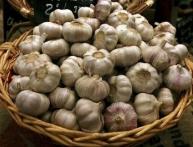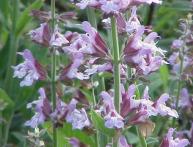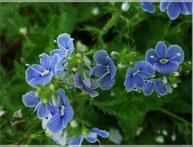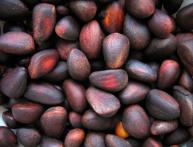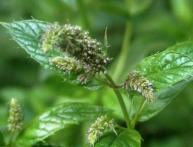Eyebright: features of growing in the garden
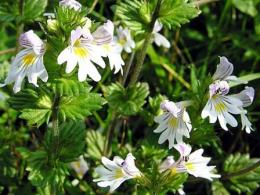
Small flowers of eyebright are quite difficult to see among meadow grasses in clearings and forest edges, since the plant is miniature. Meanwhile, it is an indispensable medicine for inflammation of the eyes, eyelids and lacrimal sacs. And the name itself eyebrightI most likely comes from the word eyes, i.e. eyes. The above-ground part of plants is also used in the treatment of other diseases, as it has anti-inflammatory, soothing, astringent and anti-acid effects. It is taken orally in the form of infusions (sometimes mixed with other medicinal plants) or powder, externally - in the form of lotions.
Growing eyebright is not particularly difficult, you just need to keep in mind that this plant is semi-parasite. The supply of water and nutrients to it is provided partly by its own roots, partly by the roots of other plants, to which it attaches with special root suckers. Its The root system of the plant is weak, therefore it does not tolerate transplants; it should be sown immediately in a permanent place. No need to weed the plantings, otherwise the eyebright will not grow - this is a feature of agricultural technology. Remove only large weeds such as dandelion and thistle. Feeding is also not needed; the plant will get everything it needs from the weeds.
Eyebright is an annual plant. It can be sow before winter or early springy.The crops are not deeply buried; the grooves for the seeds should have a depth of no more than 0.5 cm. Shoots will appear in about a week if sown in the spring, with the first weeds if sown in the fall. Plants begin to bloom towards the end of June and continue until autumn frosts. You can collect medicinal raw materials throughout the flowering period. Naturally, it is better to do this in the garden at the end of summer, when the ground mass is greatest.

